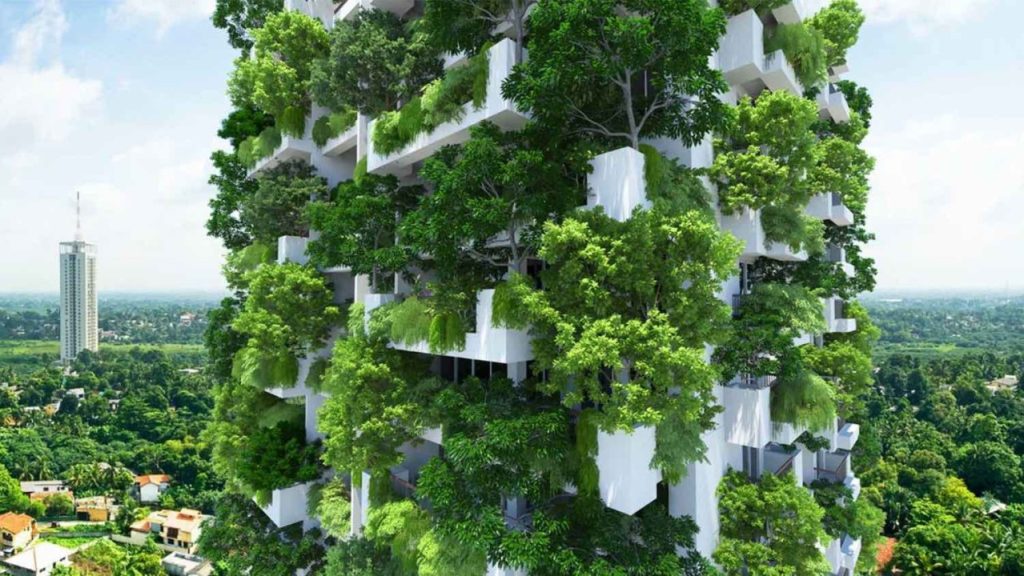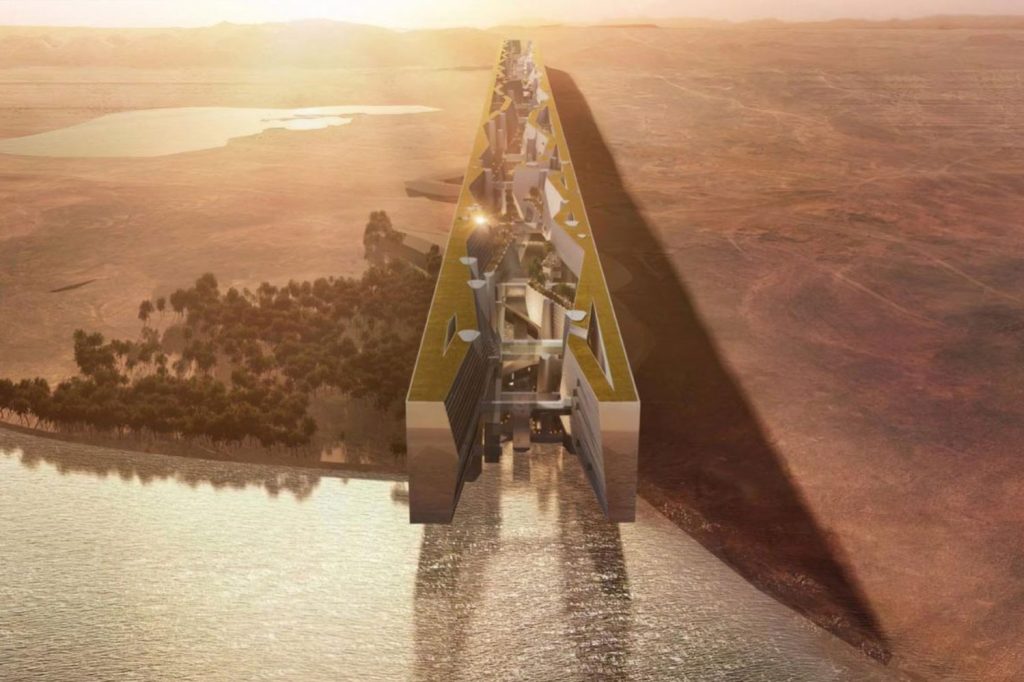Globalisation and Urban Vertical Gardens
In an era where urbanization is rapidly increasing, urban vertical gardens are becoming a popular solution for creating green spaces in limited areas. These innovative gardens utilize vertical space to grow plants, making them ideal for urban environments where traditional gardening may be impractical. In addition, the agricultural sector is also taking notes with aeroponic solutions which have let go of soil, and crops are grown in suspended mid-air. Today, we talk about urban vertical gardens, their benefits, drawbacks, and successful applications.
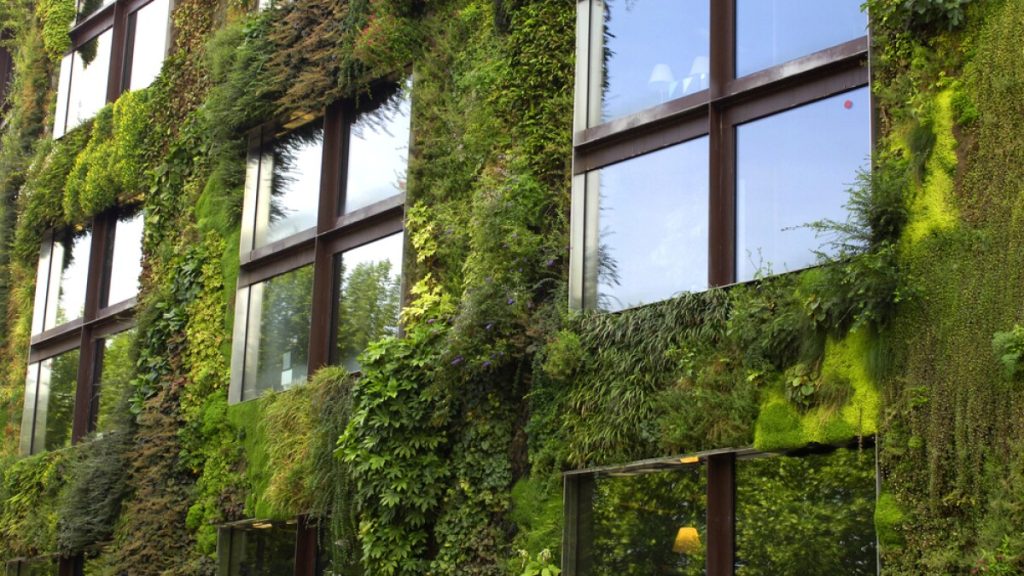
What is an Urban Vertical Garden?
An urban vertical garden is a gardening technique that involves growing plants vertically on walls, trellises, and even on the side of a building. Saving space, this approach allows diverse plants to flourish in confined spaces. Urban vertical gardens may entail numerous plant species, herbs (mint, rosemary), succulents, flowers, ferns, and vegetables, and are often designed to enhance the aesthetic appeal and can be considered a living mural.
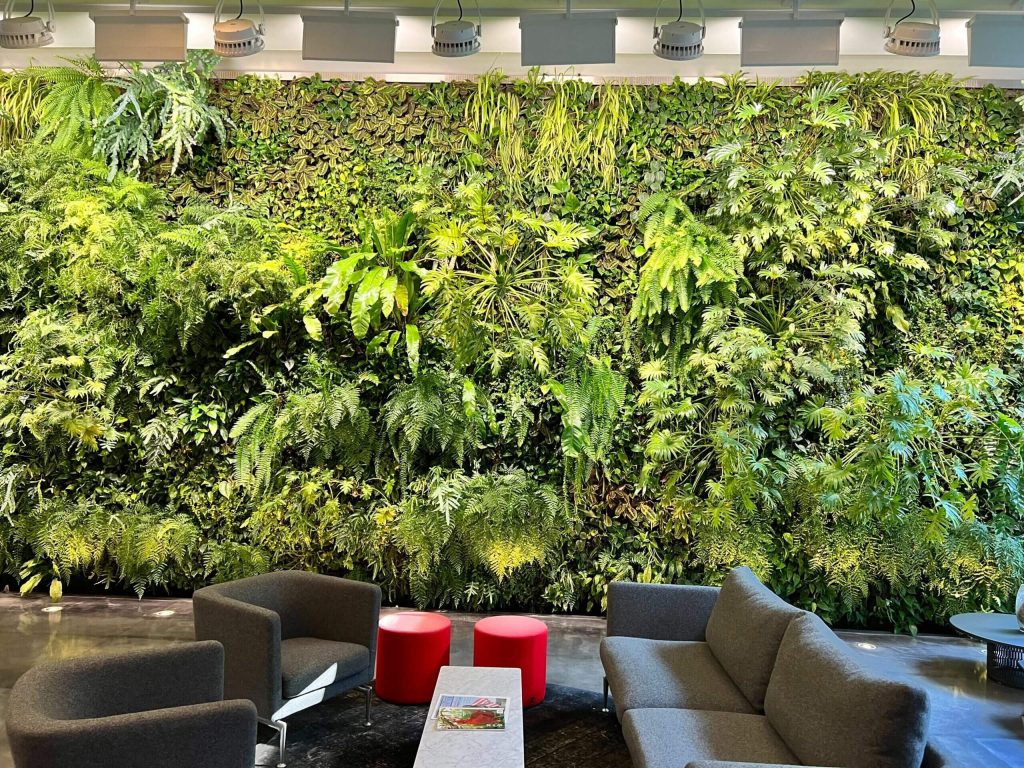
Benefits of Urban Vertical Gardens
As rapid urbanisation is causing ennui in the world, there has also been a rapid decline in green belts and farms. With the issue of climate change and global warming nearing us, the importance of urban vertical gardens is imminent. Here are a few reasons why the world has been going gaga over them.
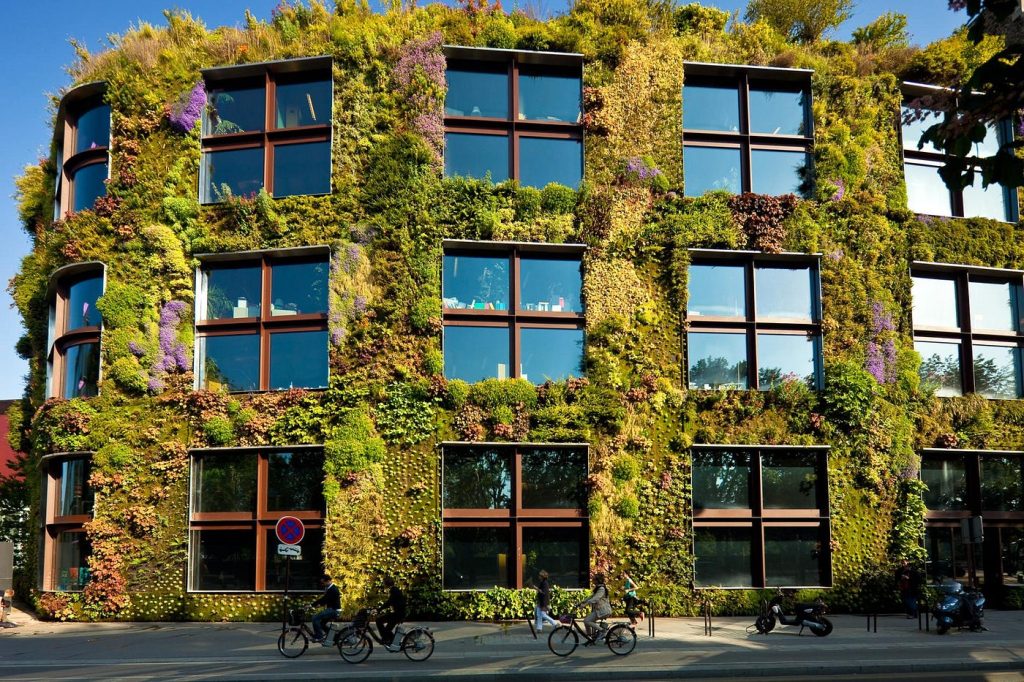
- Space Optimization: Urban vertical gardens are perfect for maximizing limited space. They allow city dwellers to cultivate their own plants, even in small apartments or courtyards.
- Improved Air Quality: Plants naturally filter air pollutants, making urban vertical gardens an effective way to improve air quality in densely populated and manufacturing areas.
- Thermal Regulation: Vertical gardens can help regulate temperature in urban settings, reducing the heat island effect caused by concrete and asphalt.
- Enhanced Aesthetics: A well-designed and maintained urban vertical garden enhances the beauty of urban environments, providing a green respite amidst the concrete jungle.
- Biodiversity Support: These gardens attract myriad pollinators, such as bees and butterflies, assisting in cross-pollination.
- Food Production: Urban vertical gardens can be utilized for growing vegetables and herbs, promoting local food production and reducing the carbon footprint associated with transporting food.
- Rainwater Management: Because the plants and substrate serve as a water buffer, rainwater is absorbed by vertical gardens. As a result, rainwater doesn’t enter the sewage system right away.
Requirements for Urban Vertical Gardens
Creating a successful urban vertical garden requires careful planning and consideration of several factors. These include:

- Location: The chosen wall or structure must receive adequate sunlight (at least 6 hours a day). South-facing walls are often ideal. The structure must support the weight of the plants, soil, and water. It must be made of durable materials like wood or metal.
- Water Source: Access to water is essential for the maintenance of these urban vertical gardens. Drip irrigation systems are the best option to go.
- Plant Selection: The plants must thrive in vertical environments and must withstand the local climate.
- Soil: Vertical gardens require lightweight soil and hydroponic systems to minimize weight while ensuring good drainage and nutrient availability.
- Smart Sensors: The need for smart sensors cannot be undermined. These technologies monitor moisture levels, light exposure, and temperature, providing real-time data to optimize plant care.
Drawbacks of Urban Vertical Gardens
While urban vertical gardens are gaining traction due to their benefits, they also come with a cost.
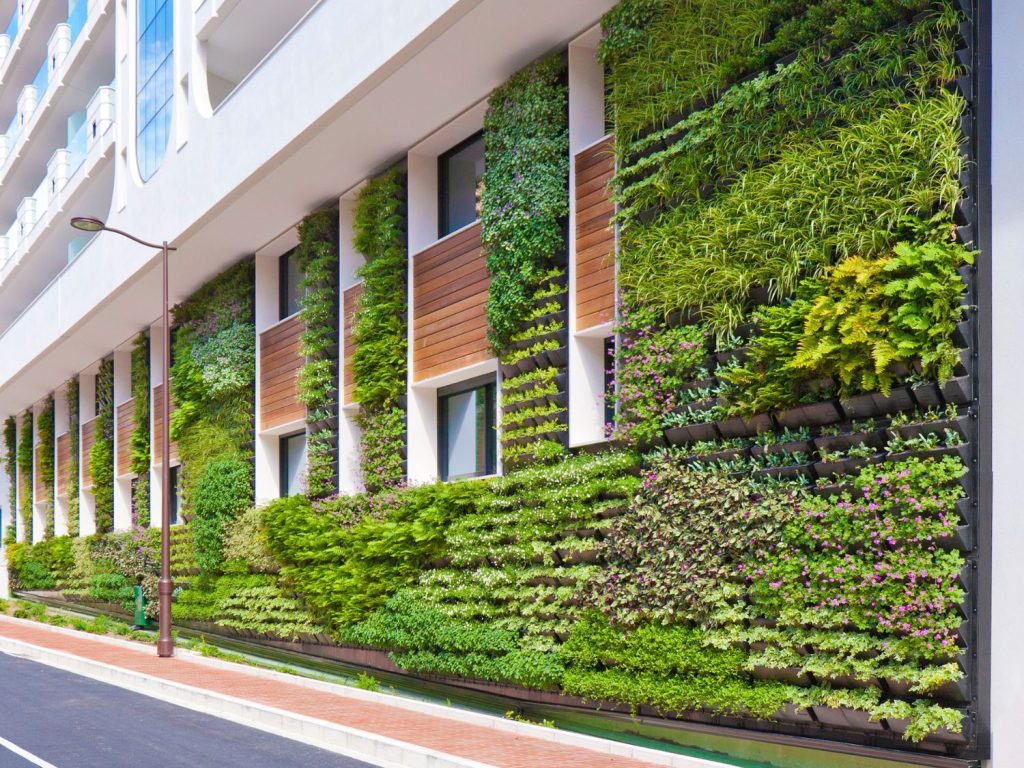
- Maintenance: Vertical gardens require more upkeep than traditional gardens. Regular watering, pruning, and pest management are essential. However, the vertical nature presents a different set of challenges.
- Cost: The initial capital investment for materials, technology, and a limited selection of plants can be high, especially when it comes to large installations.
- Weight Issues: Depending on the structure and design, vertical gardens can become heavy when saturated with water, necessitating careful planning to avoid structural damage.
Image Courtesy – LinkedIn

